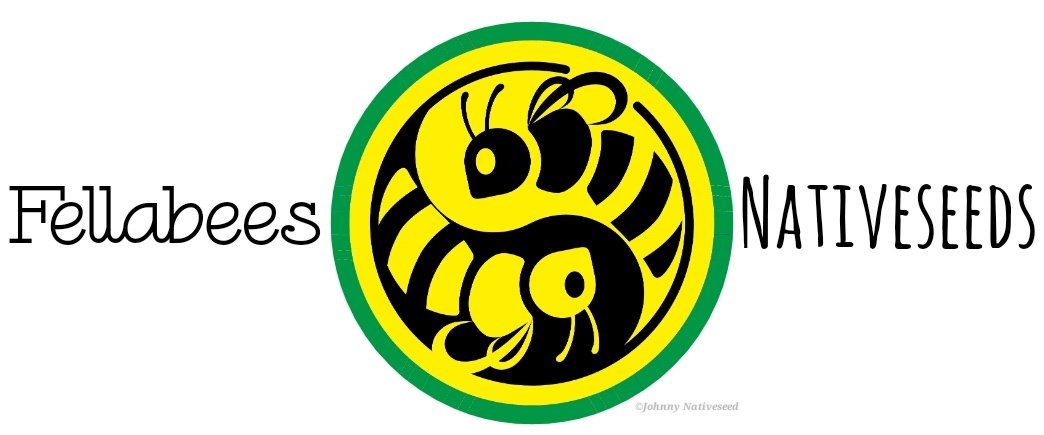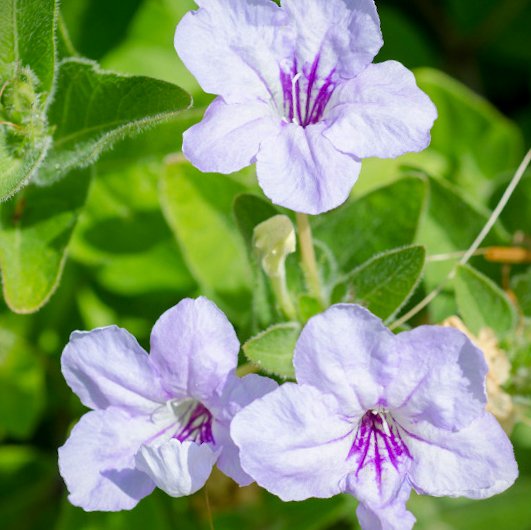 Image 1 of 8
Image 1 of 8

 Image 2 of 8
Image 2 of 8

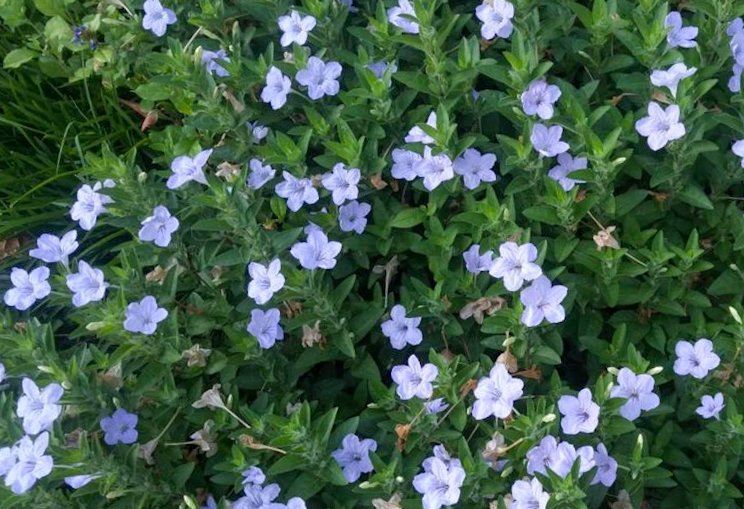 Image 3 of 8
Image 3 of 8

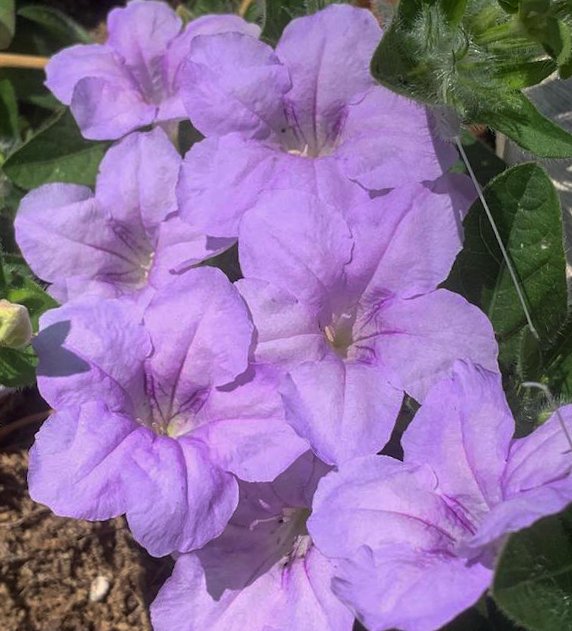 Image 4 of 8
Image 4 of 8

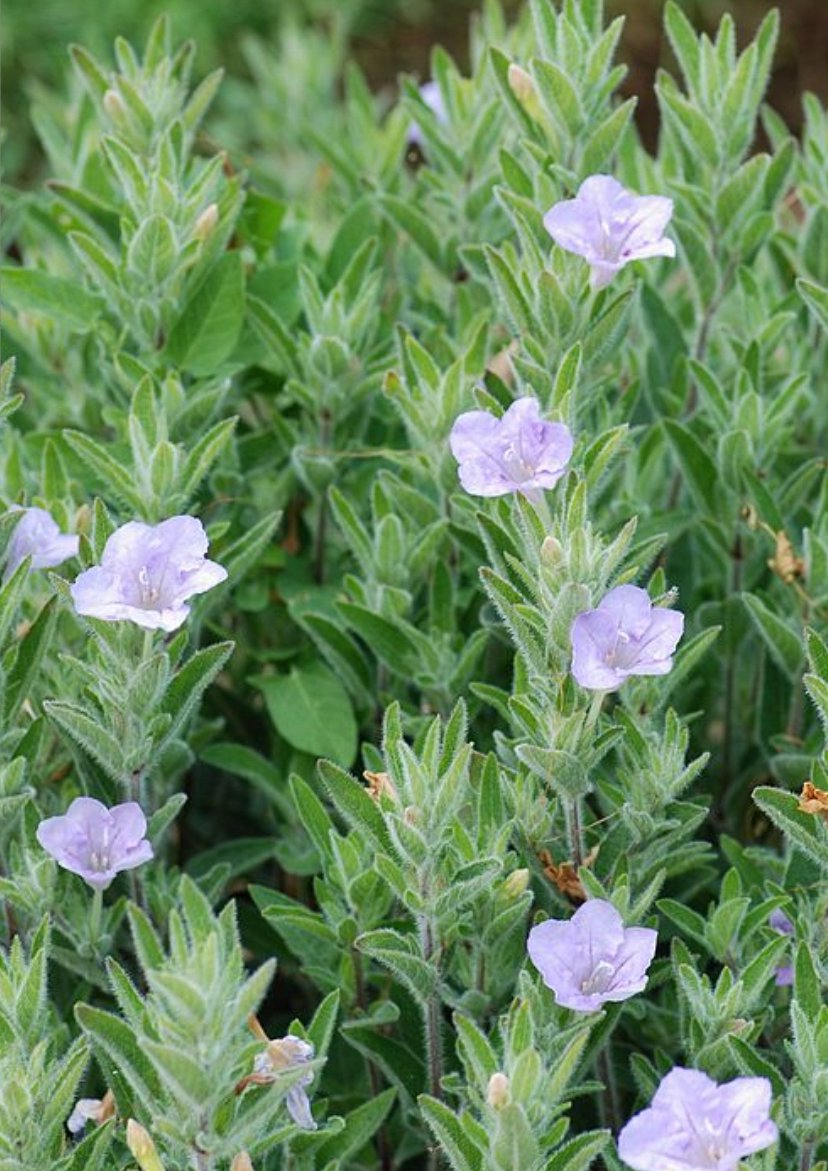 Image 5 of 8
Image 5 of 8

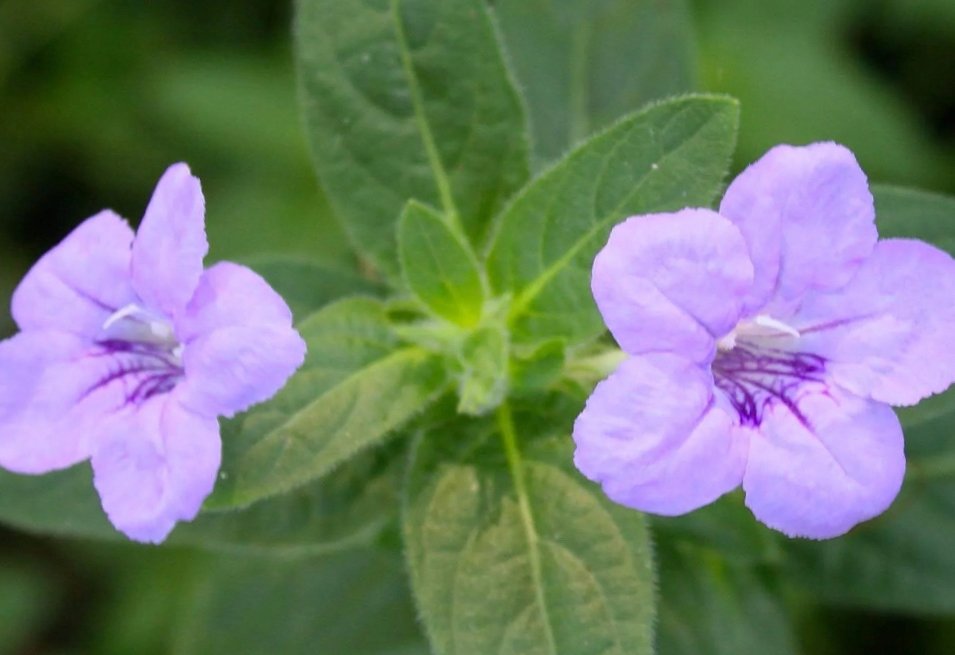 Image 6 of 8
Image 6 of 8

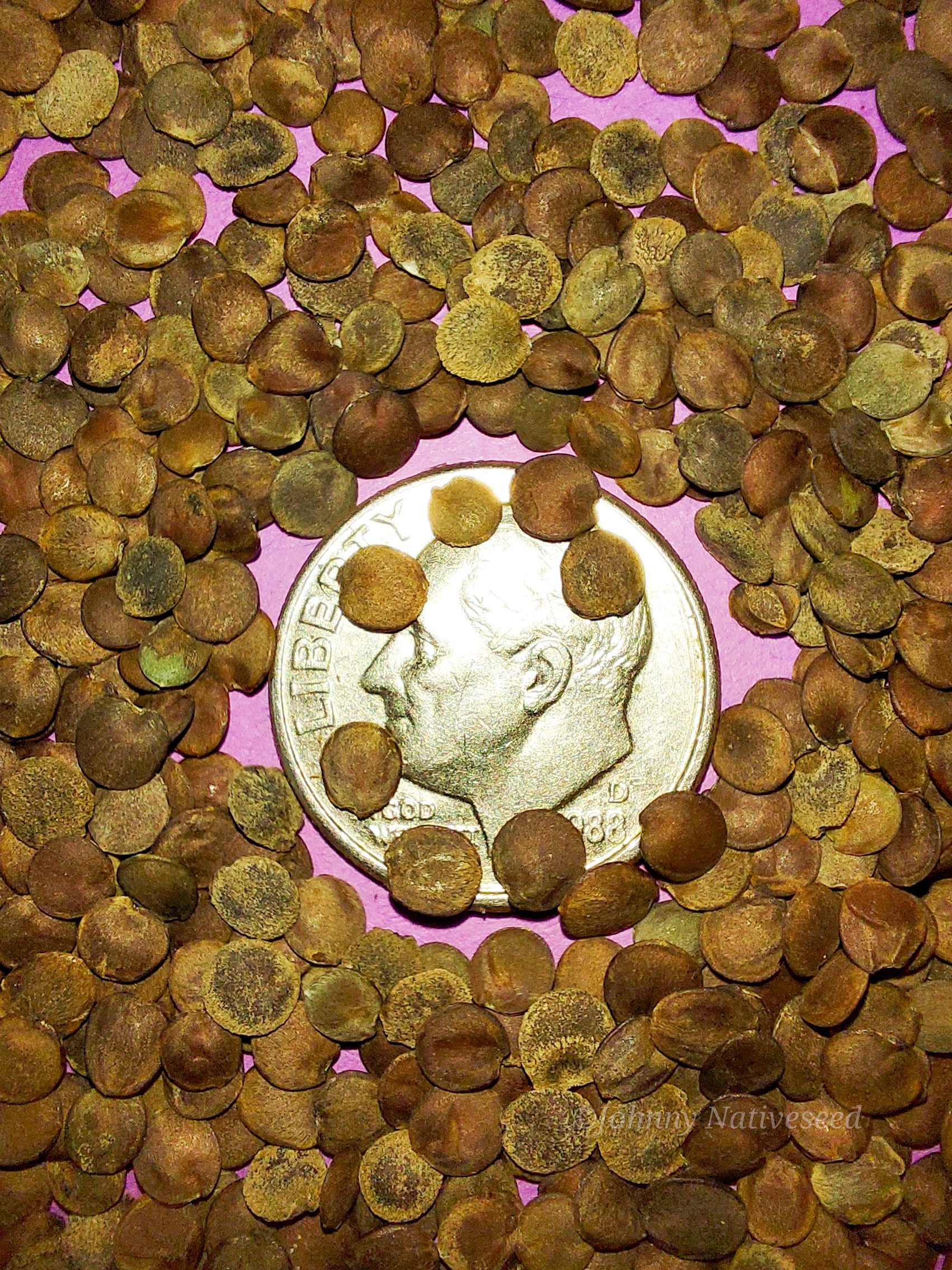 Image 7 of 8
Image 7 of 8

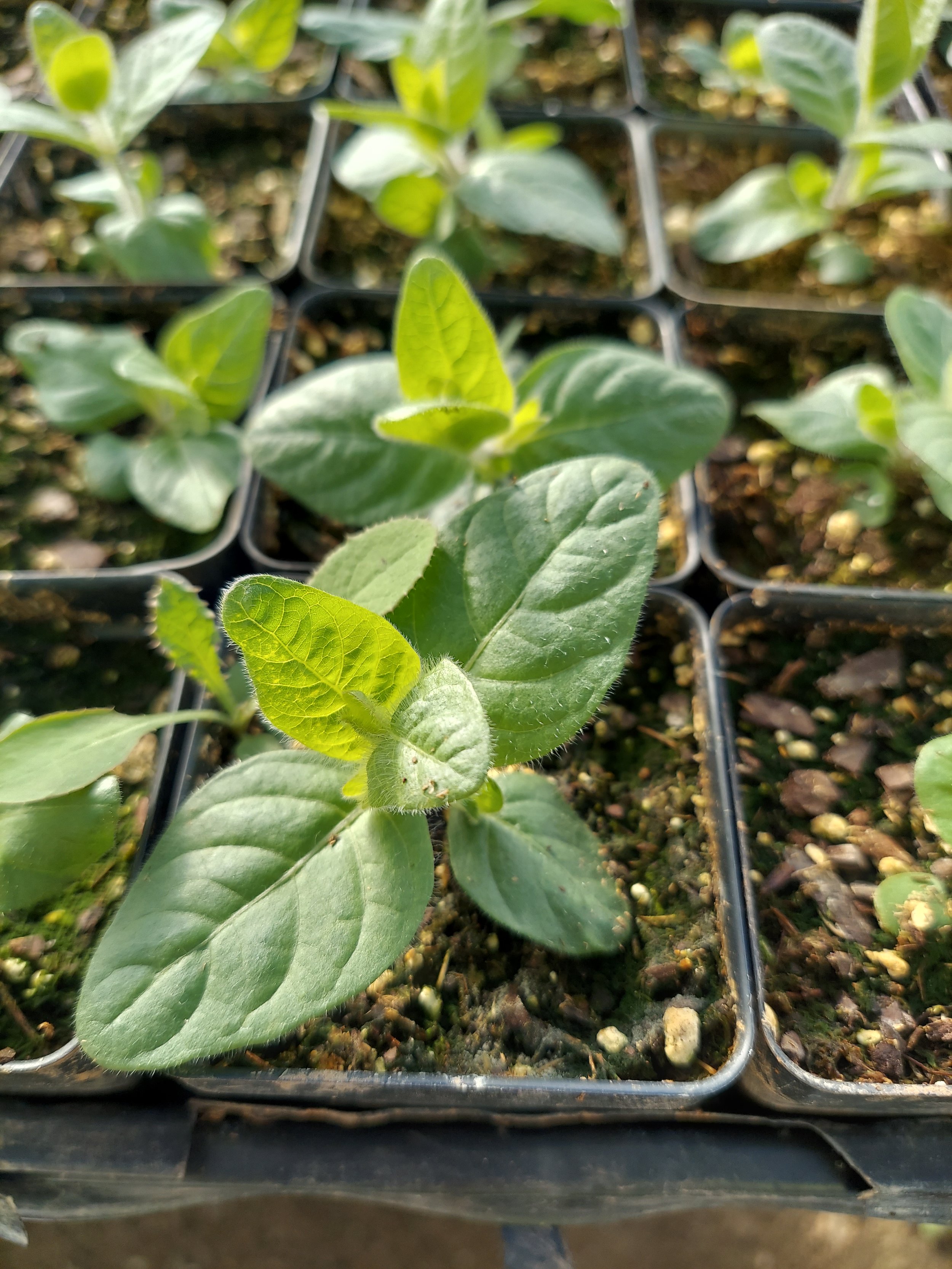 Image 8 of 8
Image 8 of 8

Wild Petunia (Ruellia humilis)
Wild Petunia (Ruellia humilis)
Ruellia humilis, more commonly called Wild Petunia, and lesser, Fringeleaf Wild Petunia, Hairy Petunia, Low Wild Petunia is a native species of flowering plant hailing from the Acanthaceae family. It is native to much of the Central and Eastern United States.
While not actually related to the plant most of us know as Petunias which are related to the tomato family, they bear an amazing resemblance.
This plant grows to just about one foot, making it excellent as border, ground cover, or other frequented areas.
This species is the host plant for the Common Buckeye Butterfly, and is favored by longtongue bees and butterflies in the heat of summer when so many other plants are struggling, or wilting.
Seeding prolifically, this plant can also spread easily if it favors its conditions.
The seed pods will literally explode, sending the seed flying beyond 8 feet!
This species is listed as extirpated (locally extinct) in two counties of the state of Minnesota, and as present but rare in several counties of Wisconsin, Michigan, Pennsylvania, Maryland, Virginia, North Carolina, and Georgia.
Plant Details
USDA Zones: 4-9
Germination Needs: 60 Days Cold Stratification
Life Cycle: Perennial
Sun Exposure: Full Sun
Soil Moisture: Medium, Medium-Dry, Dry
Plant Spacing: 1 - 1½ feet
Height: 1 foot
Bloom time: June, July, August
Bloom Color: Purple
Advantages :
Pollinator Favorite: butterflies, moths, bees, wasps, beetles
Excellent in the home landscape!
Native to or present in: Wisconsin, Minnesota, Michigan, Iowa, Illinois, Indiana, Ohio, Pennsylvania, New York, Maryland, West Virginia, Virginia, Kentucky, Nebraska, Kansas, Oklahoma, Missouri, Arkansas, Tennessee, North Carolina, Texas, Louisiana, Mississippi, Alabama, and Georgia.
.
.
Packet quantities:
We pride ourselves on ethical, hands on, ecological management, using no mechanical or chemical methods whatsoever.
All of our native seed is hand reared, hand picked, and hand packed from native prairies under our exclusive management, never breaking chain of custody from the field until it is sent to you. Each packet is hand prepared for shipment by us, directly.
Small seed species will contain greater than 20-25 seed
Large seed species will contain greater than 10-15 seed
It is our mission to spread the wealth of native plant and pollinator ecological sustainability, and educate back yard gardeners as well as cooperate and government entities in how to germinate, grow, and benefit from native synergies.
Thank you for your support, it is because of you, that we can grow together to do, what we do.🐛🦋🐝🐞🌾🌱🌼🧡
Wild Petunia (Ruellia humilis)
Ruellia humilis, more commonly called Wild Petunia, and lesser, Fringeleaf Wild Petunia, Hairy Petunia, Low Wild Petunia is a native species of flowering plant hailing from the Acanthaceae family. It is native to much of the Central and Eastern United States.
While not actually related to the plant most of us know as Petunias which are related to the tomato family, they bear an amazing resemblance.
This plant grows to just about one foot, making it excellent as border, ground cover, or other frequented areas.
This species is the host plant for the Common Buckeye Butterfly, and is favored by longtongue bees and butterflies in the heat of summer when so many other plants are struggling, or wilting.
Seeding prolifically, this plant can also spread easily if it favors its conditions.
The seed pods will literally explode, sending the seed flying beyond 8 feet!
This species is listed as extirpated (locally extinct) in two counties of the state of Minnesota, and as present but rare in several counties of Wisconsin, Michigan, Pennsylvania, Maryland, Virginia, North Carolina, and Georgia.
Plant Details
USDA Zones: 4-9
Germination Needs: 60 Days Cold Stratification
Life Cycle: Perennial
Sun Exposure: Full Sun
Soil Moisture: Medium, Medium-Dry, Dry
Plant Spacing: 1 - 1½ feet
Height: 1 foot
Bloom time: June, July, August
Bloom Color: Purple
Advantages :
Pollinator Favorite: butterflies, moths, bees, wasps, beetles
Excellent in the home landscape!
Native to or present in: Wisconsin, Minnesota, Michigan, Iowa, Illinois, Indiana, Ohio, Pennsylvania, New York, Maryland, West Virginia, Virginia, Kentucky, Nebraska, Kansas, Oklahoma, Missouri, Arkansas, Tennessee, North Carolina, Texas, Louisiana, Mississippi, Alabama, and Georgia.
.
.
Packet quantities:
We pride ourselves on ethical, hands on, ecological management, using no mechanical or chemical methods whatsoever.
All of our native seed is hand reared, hand picked, and hand packed from native prairies under our exclusive management, never breaking chain of custody from the field until it is sent to you. Each packet is hand prepared for shipment by us, directly.
Small seed species will contain greater than 20-25 seed
Large seed species will contain greater than 10-15 seed
It is our mission to spread the wealth of native plant and pollinator ecological sustainability, and educate back yard gardeners as well as cooperate and government entities in how to germinate, grow, and benefit from native synergies.
Thank you for your support, it is because of you, that we can grow together to do, what we do.🐛🦋🐝🐞🌾🌱🌼🧡
Wild Petunia (Ruellia humilis)
Ruellia humilis, more commonly called Wild Petunia, and lesser, Fringeleaf Wild Petunia, Hairy Petunia, Low Wild Petunia is a native species of flowering plant hailing from the Acanthaceae family. It is native to much of the Central and Eastern United States.
While not actually related to the plant most of us know as Petunias which are related to the tomato family, they bear an amazing resemblance.
This plant grows to just about one foot, making it excellent as border, ground cover, or other frequented areas.
This species is the host plant for the Common Buckeye Butterfly, and is favored by longtongue bees and butterflies in the heat of summer when so many other plants are struggling, or wilting.
Seeding prolifically, this plant can also spread easily if it favors its conditions.
The seed pods will literally explode, sending the seed flying beyond 8 feet!
This species is listed as extirpated (locally extinct) in two counties of the state of Minnesota, and as present but rare in several counties of Wisconsin, Michigan, Pennsylvania, Maryland, Virginia, North Carolina, and Georgia.
Plant Details
USDA Zones: 4-9
Germination Needs: 60 Days Cold Stratification
Life Cycle: Perennial
Sun Exposure: Full Sun
Soil Moisture: Medium, Medium-Dry, Dry
Plant Spacing: 1 - 1½ feet
Height: 1 foot
Bloom time: June, July, August
Bloom Color: Purple
Advantages :
Pollinator Favorite: butterflies, moths, bees, wasps, beetles
Excellent in the home landscape!
Native to or present in: Wisconsin, Minnesota, Michigan, Iowa, Illinois, Indiana, Ohio, Pennsylvania, New York, Maryland, West Virginia, Virginia, Kentucky, Nebraska, Kansas, Oklahoma, Missouri, Arkansas, Tennessee, North Carolina, Texas, Louisiana, Mississippi, Alabama, and Georgia.
.
.
Packet quantities:
We pride ourselves on ethical, hands on, ecological management, using no mechanical or chemical methods whatsoever.
All of our native seed is hand reared, hand picked, and hand packed from native prairies under our exclusive management, never breaking chain of custody from the field until it is sent to you. Each packet is hand prepared for shipment by us, directly.
Small seed species will contain greater than 20-25 seed
Large seed species will contain greater than 10-15 seed
It is our mission to spread the wealth of native plant and pollinator ecological sustainability, and educate back yard gardeners as well as cooperate and government entities in how to germinate, grow, and benefit from native synergies.
Thank you for your support, it is because of you, that we can grow together to do, what we do.🐛🦋🐝🐞🌾🌱🌼🧡
